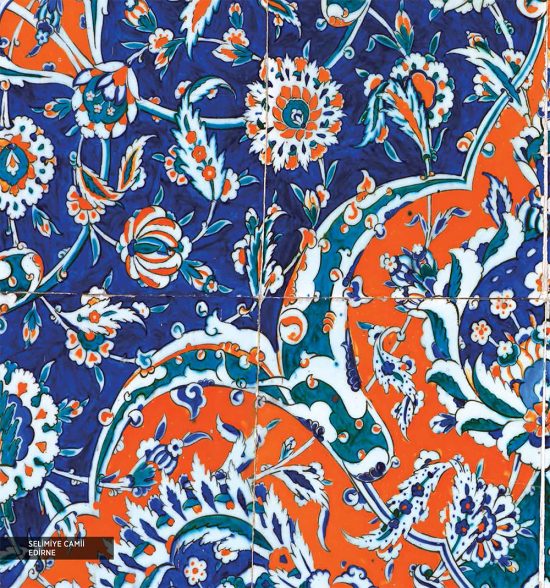Tile art, which is the most colorful branch of interior and exterior architectural decoration in Turkish Islamic arts, showed its great and continuous development in Anatolia. Tile art, which has made great progress on Anatolian Seljuks and various types of architectural works, has continued its existence until today. While the tile decoration of each period continues the superior qualities of previous periods, art has been enriched with new technical inventions and colors. There were two important centers in Anatolia that would take traditional production one step further; Iznik and Kütahya. Even though the Iznik movement has partially lost its effect today, Kütahya tile making continues to exist from time to time with examples that remind the brilliant past of Turkish tile art. In tile art, pattern and paint quality are as important as tile quality and durability. Producing easy, cheap and fast in tile making causes only a commercial product to emerge.
Also; If we want to mention the word of tile and art side by side, apart from the tile technique, the designs and designs that give art value to the tile should be drawn by an experienced nakkaş who has been trained in art for many years and be embroidered with love. All of the mosques built by Teknom Yapı have tile plates shaped by hand-carved nakkaş, followed by stylistic authorities such as Baba Nakkaş, Şah Kulu, Karamemi. a muralist to be the founder of Techno Building, the presence of Turkey’s leading design pool in the company; In the built work, it connects the use of tiles and the selection of performing workshops to a number of principles. The priority of Teknom Yapı is the use of tile plates, which are compatible with the program, high in line, pattern, paint and material quality, and which are produced by the masters who have internalized traditional production methods.

